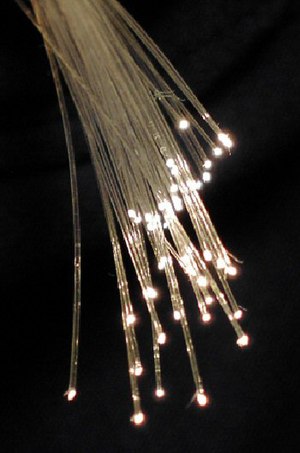Aim of Course
The course should provide knowledge about the physical properties of light and its impact and interaction with biological tissue.
Course Content
Optical properties of biological tissue. Light transport in tissue. Therapeutic window. Light transport models. Measurement of tissue optical properties. Optical coherence tomography, multi-photon excitation, flourescens, etc.
To download all the Video Lecture Notes, Topic wise click on the computer icon on Left hand side.
1 |
I |
Introduction
Course Content
Why Use Optical Methods?
Why Should You Learn Biomedical Optics?
Fundamentals of Optics
Overview of Spectroscopy
Classical Description of Light
Light-Tissue Interaction |
This is a preview of Topic Wise Video Lecture Notes on Biomedical Photonics.
Read the full post (398 words, 15 images, estimated 1:36 mins reading time)
Laser physicists have, for the first time, succeeded in real-time observation of laser-accelerated fast electron swarms in conjunction with a plasma wave consisting of positively charged helium ions and slow background electrons. The findings will help development of new X-ray sources with much higher resolution than current devices allow for biomedical applications, as well as facilitate development of new electron and light sources for exploring the structure of atoms and molecules.
This is a preview of LASER: New source for X-rays providing Higher resolution.
Read the full post (678 words, 3 images, estimated 2:43 mins reading time)
Position Description: Optical coherence tomography (OCT) is a biomedical imaging technique that is used to make 3D cross sectional images of tissue. Current OCT systems are bulky and expensive. In this project we will work on novel technologies that can lower the cost and form factor of OCT. The work will focus on building a handheld swept-source OCT based on an integrated optics platform for waveguiding. Image processing and correction will be studied as motions of a handheld OCT probe need to be corrected for. The OCT device will be tested in application areas such as medical diagnostics and/or forensics. This project is part of the recently started IOP Photonic devices program “Low-cost handheld optical coherence tomography device”.
This is a preview of Fully Funded Phd in Biomedical Engineering in Netherlands.
Read the full post (833 words, 1 image, estimated 3:20 mins reading time)



